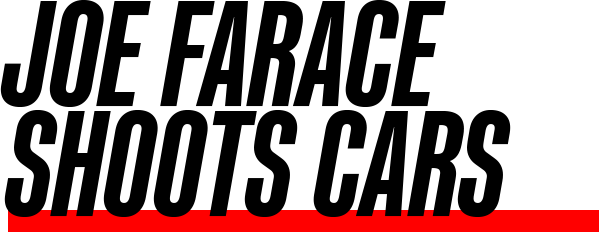Today’s Post by Joe Farace
Dick Stolley who many consider Time-Life’s best Managing Editor once said that a successful photograph elicited a “Gasp Factor” from the viewer. Stolley went on to say that if an image stopped the reader, forced them to take a second look at it, read the story’s headline, and then perhaps the rest of the story, the photograph passed his test.
Often the best photographs are made under less than ideal lighting conditions. These images are often made on dark cloudy stormy days, at the crack of dawn, at sunset, or in the dark of the night.
There are few secrets about capturing images when light is low. The ingredients are a simple and include fast lenses, high ISO settings, and a maybe camera support. What sets a successful image apart from a less successful one is how these ingredients are combined, so it’s important to have most of your work done in advance. Before snapping the shutter, you should already know which ISO setting and lenses you’ll use. That’s why it’s a good idea to scout the location and determine the best spot to place your camera so you are free to concentrate on properly framing the image.
 How I Made this Shot:At Cruise night in pre-pandemic Encinitas, California… Camera used was a Canon EOS 30D with EF28-135mm f/3.5-5.6 IS USM lens (at 53mm.) A slow shutter speed was used to add a sense of motion and produce light streaks, naturally in-camera—no Photoshop used. Sv exposure was 0.3 seconds at f/9 and ISO 800.
How I Made this Shot:At Cruise night in pre-pandemic Encinitas, California… Camera used was a Canon EOS 30D with EF28-135mm f/3.5-5.6 IS USM lens (at 53mm.) A slow shutter speed was used to add a sense of motion and produce light streaks, naturally in-camera—no Photoshop used. Sv exposure was 0.3 seconds at f/9 and ISO 800.
It’s much easier to take photographs in low light with an f/1.4 or f/2.0 lens than with an f/4.5 or f/5.6 lens because it produces a bright viewfinder on a DSLR but this is not necessarily true for the current generation of mirrorless cameras with high-res EVF’s. Camera companies usually sell two or three similar lenses in the same focal length range and many designed to work under normal lighting conditions, although this trends is fats changing. In photographic terms, “normal” means outdoors on sunny day. In the real world, “normal” lighting may be overcast weather, under the shade of trees or buildings, in brightly lit rooms or at night in city streets.
Not surprisingly, zoom lenses come in fast or slow varieties. Basic kit zoom lenses have maximum apertures ranging from f/3.8 to f/4, f/4.5, and even f/5.6 with many slow zoom lenses have a floating maximum f/stop. That means the maximum opening changes within the lens’ zoom range. For a 24-105mm f/3.5-5.6 zoom, for example at 24mm the maximum aperture is f/3.5. But as the lens is zoomed toward the telephoto end, that maximum aperture gradually shifts to f/5.6. The downside is that fast lenses cost more and with DSLR and mirrorless camera’s performance getting better and better at high ISO’s, is the fast lens going to go the way of the passenger pigeon? I don’t think so because; right now anyway, nothing can replace that big, bright image in the viewfinder.
I f you enjoyed today’s blog post and would like to treat Joe to a cup of Earl Grey tea ($2.50), click here.
f you enjoyed today’s blog post and would like to treat Joe to a cup of Earl Grey tea ($2.50), click here.
Along with photographer Barry Staver, Joe is co-author of Better Available Light Digital Photograph that’s still available from Amazon for $21.81 with used copies selling for around five bucks. For some reason, the Kindle price is really high.
